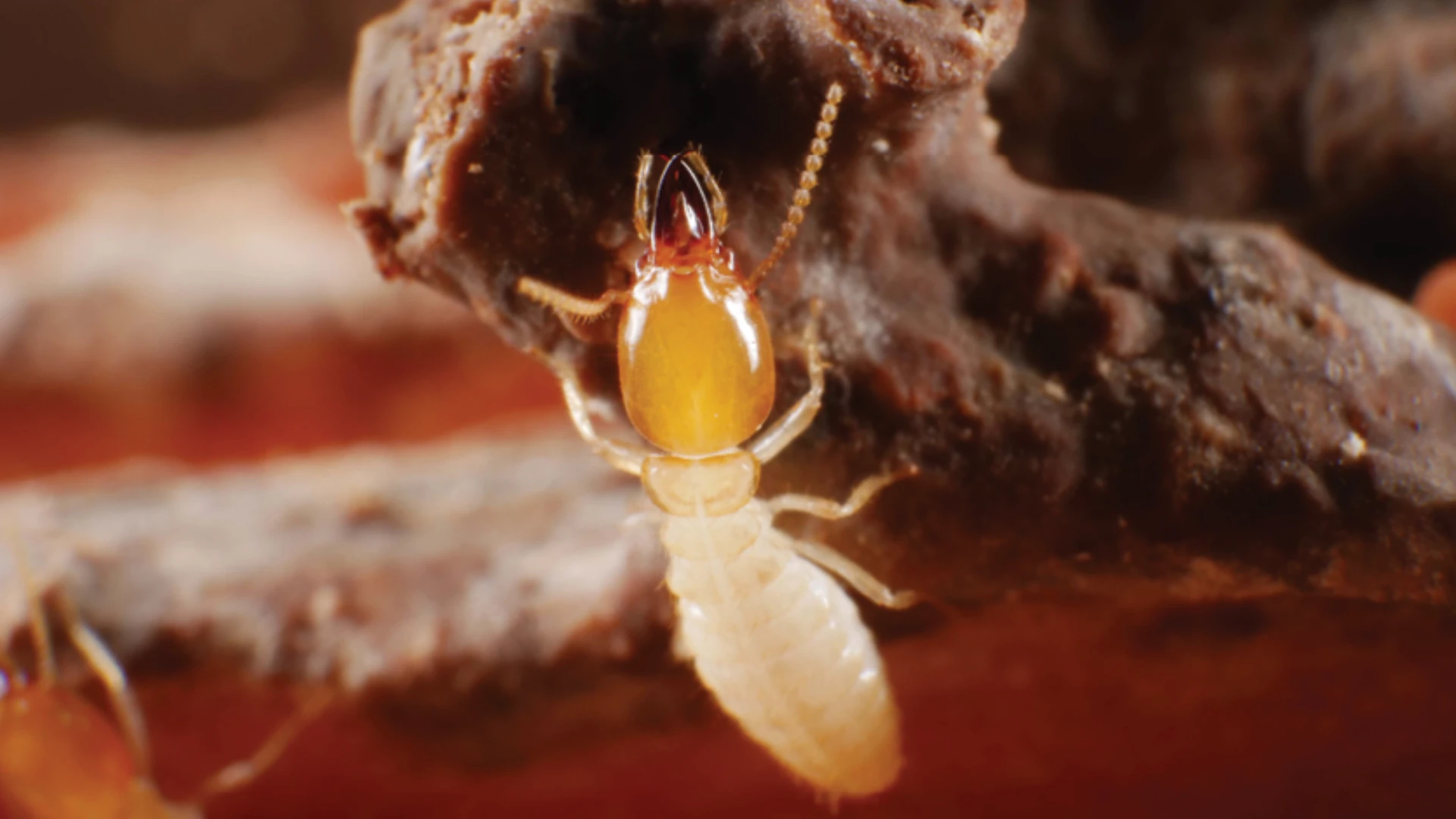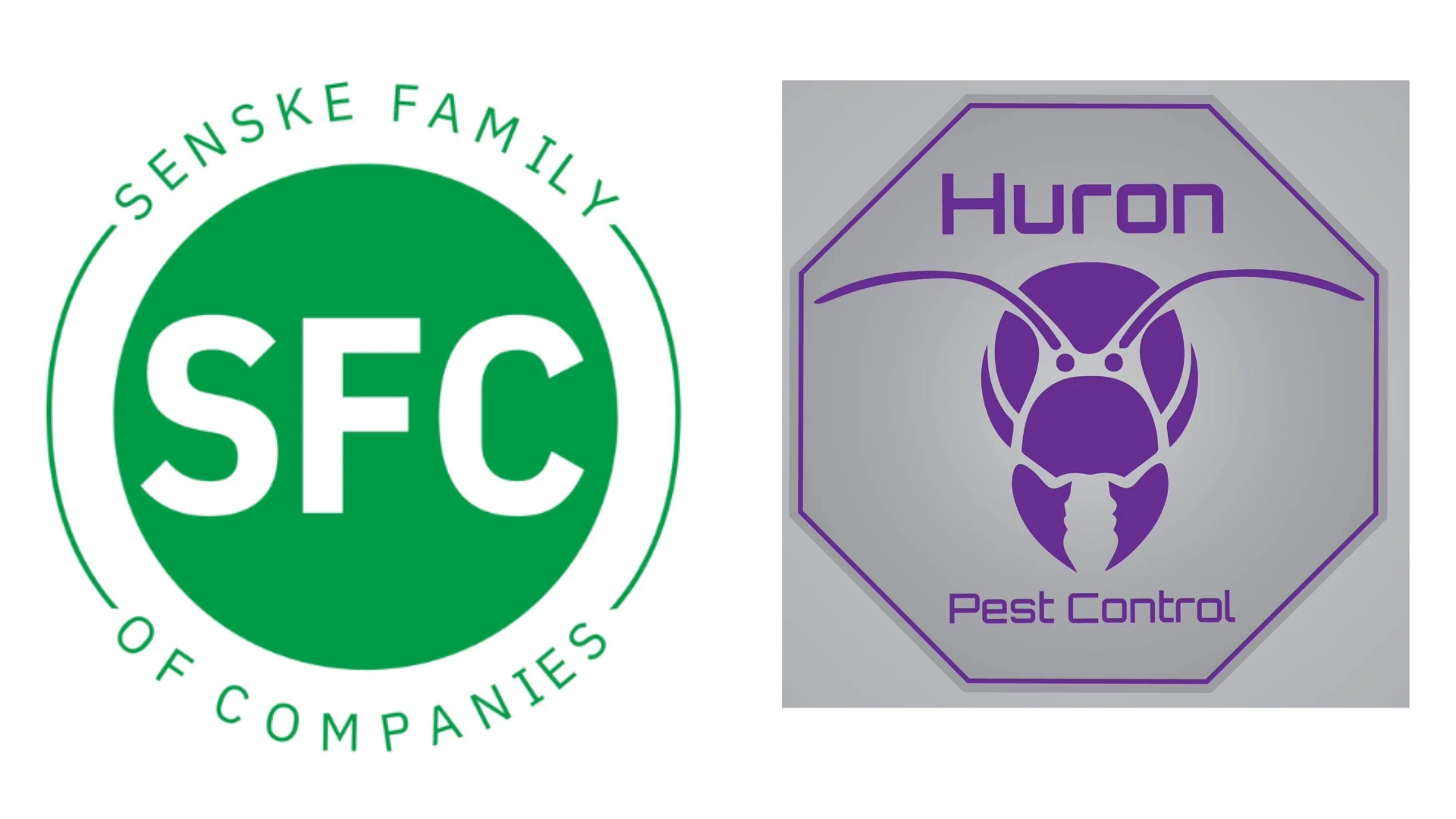OLD HOUSE BORER
Order/Family: Coleoptera/Cerambycidae
Scientific Name: Hylotrupes bajulus (Linnaeus)
Description
Old house borer adults are large beetles, about 5/8- to 1-inch long. They are slightly flattened, brownish-black with gray or yellow-gray hairs. The first body segment behind the head has two raised, black, shiny knobs on the upper surface. Larvae are worm-like, creamy-white and up to 1¼-inch long when mature. The abdominal segments have deep folds between them so that the abdomen looks as if it is composed of a series of large beads.
Biology
Habits
Old house borers can infest old and new houses. Old house borer larvae feed only on coniferous lumber such as pine, spruce, fir and hemlock. The rasping and ticking of the larval feeding activity often is heard by building occupants and is one of the first signs of an infestation. Galleries are filled with fine frass mixed with small bun-shaped pellets.
Control

Explore the October 2005 Issue
Check out more from this issue and find your next story to read.
Latest from Pest Control Technology
- Webinar: Employee Incentives — Going Beyond the Annual Raise
- Pest Control Companies Helping Neighbors in Need Eradicate Bed Bugs
- Why Does Marketing Feel So Opaque?
- How Did This Pest Get Its Name?
- Rose Pest Solutions Honors Top Performers with Annual Chief’s Club Awards
- Doug Foster on Termite Control Equipment, Resources
- Pest Control Consultants Acquires EcoGuard Pest Control
- Pest Index Increased 9 Percent YOY in February





